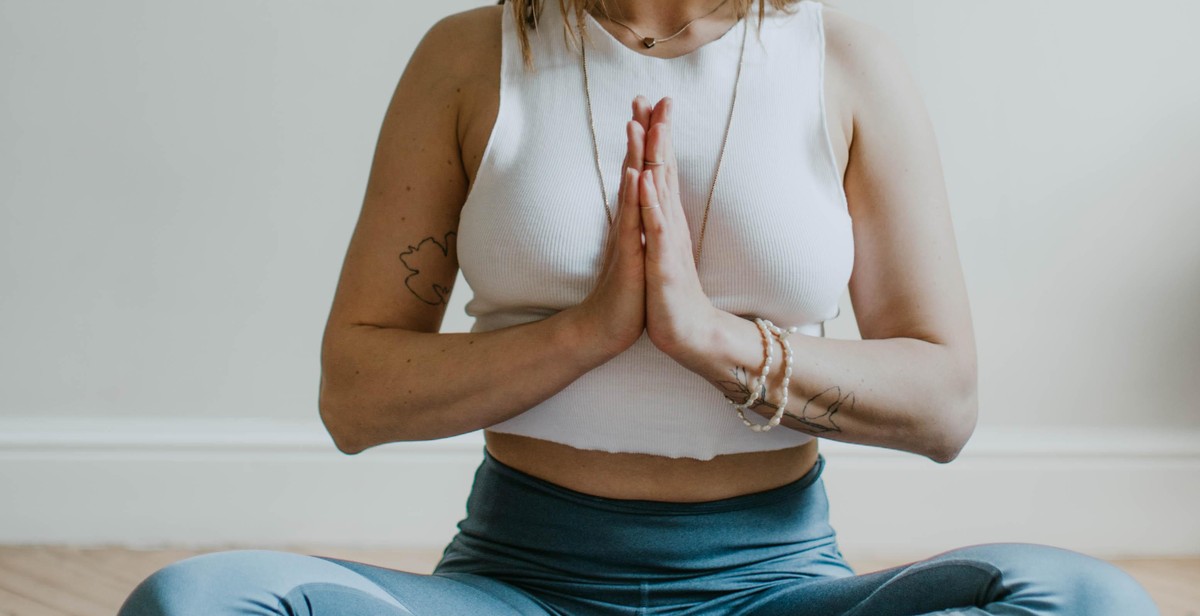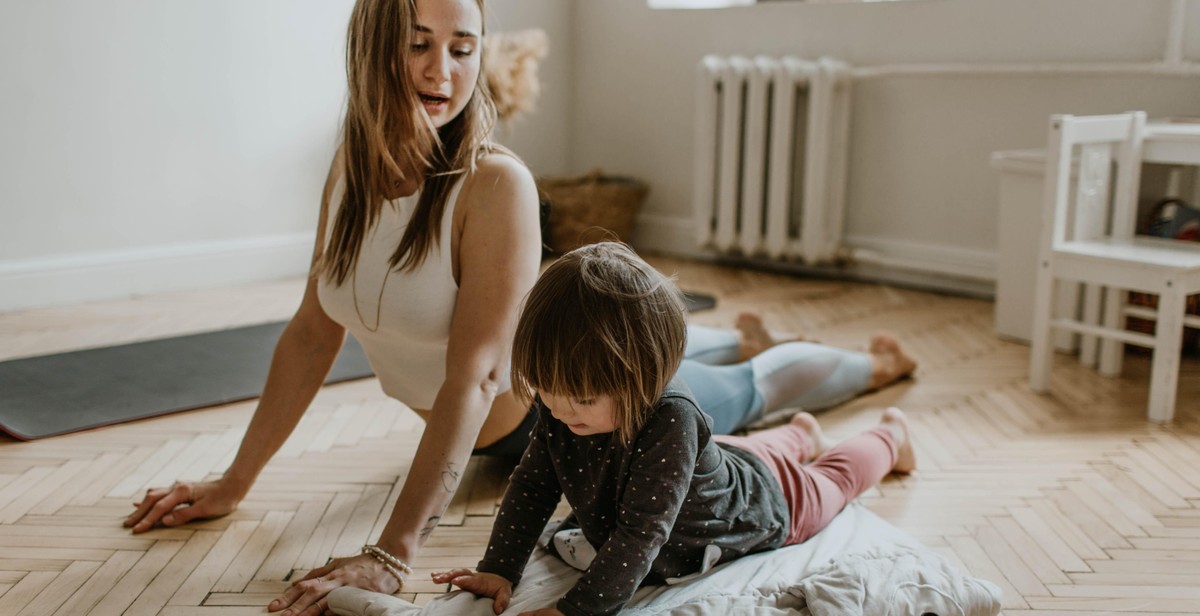Introduction: How to Develop a Yoga Practice for Stress Relief and Flexibility
Yoga is an ancient practice that has been around for thousands of years. It originated in India and has since spread around the world. Yoga is a practice that combines physical postures, breathing exercises, and meditation to promote overall health and wellbeing. There are many different types of yoga, each with its own unique focus and benefits.
What is Yoga?
At its core, yoga is a practice that combines physical movement with mindfulness and breath work. The physical postures, or asanas, are designed to strengthen and stretch the body, while the breathing exercises, or pranayama, help to calm the mind and reduce stress. Meditation is also an important part of yoga, allowing practitioners to quiet the mind and find inner peace.
Yoga has been shown to have numerous health benefits, including improved flexibility, strength, balance, and cardiovascular health. It has also been shown to reduce stress and anxiety, improve sleep, and boost overall mood and wellbeing.
Developing a Yoga Practice for Stress Relief and Flexibility
If you are interested in developing a yoga practice for stress relief and flexibility, there are a few things to keep in mind. First, it is important to find a style of yoga that resonates with you and your goals. Some styles, like Hatha and Restorative yoga, are more gentle and focused on relaxation, while others, like Vinyasa and Power yoga, are more dynamic and focused on building strength and endurance.
It is also important to find a qualified instructor who can guide you through the practice safely and effectively. Many yoga studios and gyms offer classes for beginners, which can be a great way to get started. Consistency is key when it comes to developing a yoga practice, so try to practice at least a few times a week to see the best results.

The Benefits of Yoga for Stress Relief and Flexibility
Yoga is an ancient practice that has been around for thousands of years. It offers numerous benefits to the mind and body, including stress relief and flexibility. Here are some of the benefits of yoga for stress relief and flexibility:
Stress Relief
Yoga is known for its ability to reduce stress. The practice of yoga involves deep breathing, meditation, and physical postures that help to calm the mind and relax the body. This can lead to a decrease in the levels of stress hormones in the body, such as cortisol.
Research has shown that regular yoga practice can help to reduce symptoms of anxiety and depression. It can also improve sleep quality, which is important for stress relief.
Flexibility
Yoga is also beneficial for improving flexibility. The practice involves a series of poses that stretch and strengthen the muscles. This can lead to increased range of motion and flexibility in the joints.
Improved flexibility can also help to prevent injuries and reduce pain. It can also improve posture and balance, which are important for overall health and well-being.
One of the great things about yoga is that it can be adapted to any level of flexibility. There are modifications and variations for each pose, allowing individuals to work at their own pace and level.
Overall, yoga is a great practice for stress relief and flexibility. It offers numerous benefits to the mind and body, and can be practiced by individuals of all ages and levels of fitness.

How to Start Your Yoga Practice
Starting a yoga practice can be both exciting and intimidating at the same time. Here are some tips to help you get started:
Find a Yoga Studio or Instructor
The first step in starting your yoga practice is to find a yoga studio or instructor. Look for a studio that is conveniently located and has a schedule that fits your lifestyle. You can also ask for recommendations from friends or family members who practice yoga.
Once you have found a studio or instructor, take the time to get to know them. Ask about their teaching style and what kind of classes they offer. It’s important to find an instructor who makes you feel comfortable and confident in your practice.
Choose the Right Type of Yoga
There are many different types of yoga, each with its own focus and benefits. It’s important to choose a type of yoga that aligns with your goals and interests. Some popular types of yoga include:
- Hatha Yoga – focuses on physical postures and breathing techniques
- Vinyasa Yoga – emphasizes flowing movements and breath synchronization
- Restorative Yoga – uses props to support the body in relaxing poses
- Ashtanga Yoga – follows a specific sequence of postures and focuses on strength and flexibility
Try out different types of yoga to find the one that resonates with you the most.
Invest in the Right Equipment
While yoga doesn’t require a lot of equipment, investing in the right gear can make a big difference in your practice. Some essential items include:
- A yoga mat – provides cushioning and grip for your practice
- Comfortable clothing – allows for ease of movement and flexibility
- Props – such as blocks, straps, and blankets, can help modify poses and make them more accessible
Investing in quality equipment can help you feel more comfortable and confident in your practice.
| Tip: | Many yoga studios offer rental mats and props, so you can try out different equipment before investing in your own. |
|---|
With these tips in mind, you can start your yoga practice with confidence and ease. Remember to be patient and kind to yourself as you begin your yoga journey.

Tips for a Successful Yoga Practice
Developing a consistent yoga practice can be challenging, but with dedication and patience, it is achievable. Here are some tips to help you develop a successful yoga practice:
Set a Regular Practice Schedule
One of the most important factors in developing a successful yoga practice is setting a regular practice schedule. Consistency is key to seeing progress and reaping the benefits of yoga. Choose a time of day that works best for you and aim to practice at the same time each day. This will help you establish a routine and make yoga a habit.
Listen to Your Body
It’s important to listen to your body and practice yoga at a pace that feels comfortable for you. Don’t push yourself too hard and always honor your body’s limitations. Remember that yoga is not a competition and it’s okay to modify poses or take breaks when needed. Over time, your body will become stronger and more flexible.
Don’t Compare Yourself to Others
It’s easy to get caught up in comparing yourself to others in a yoga class, but it’s important to remember that everyone’s practice is unique. Focus on your own journey and progress, and don’t worry about what others are doing. Remember that yoga is a personal practice and it’s about connecting with yourself, not impressing others.
By following these tips, you can develop a successful yoga practice that promotes stress relief and flexibility. Remember to be patient with yourself and enjoy the journey.

Yoga Poses for Stress Relief and Flexibility
Yoga is a great way to reduce stress and improve flexibility. Here are some yoga poses that are particularly effective for stress relief and flexibility:
Child’s Pose
Child’s Pose is a gentle yoga pose that can help to relieve stress and tension in the body. To do this pose, start on your hands and knees, with your hands shoulder-width apart and your knees hip-width apart. Lower your hips back towards your heels and stretch your arms out in front of you. Rest your forehead on the ground and take slow, deep breaths. Stay in this pose for several breaths, or as long as you like.
Downward Facing Dog
Downward Facing Dog is a classic yoga pose that can help to stretch the entire body, including the hamstrings, calves, and spine. To do this pose, start on your hands and knees, with your hands shoulder-width apart and your knees hip-width apart. Lift your hips up and back, straightening your arms and legs. Your body should form an inverted V-shape. Hold this pose for several breaths, then release.
Tree Pose
Tree Pose is a balancing yoga pose that can help to improve concentration and reduce stress. To do this pose, stand with your feet hip-width apart. Shift your weight onto your left foot and lift your right foot off the ground. Place the sole of your right foot on your left thigh, pressing your foot into your thigh and your thigh into your foot. Bring your hands together in front of your heart and hold this pose for several breaths. Repeat on the other side.
Warrior II Pose
Warrior II Pose is a strong yoga pose that can help to build strength and reduce stress. To do this pose, stand with your feet wide apart. Turn your right foot out to the side, and your left foot in slightly. Bend your right knee and extend your arms out to the sides, parallel to the ground. Hold this pose for several breaths, then repeat on the other side.
Corpse Pose
Corpse Pose is a relaxation yoga pose that can help to reduce stress and promote restful sleep. To do this pose, lie on your back with your arms at your sides and your legs straight. Close your eyes and take slow, deep breaths. Allow your body to relax completely, sinking into the ground. Stay in this pose for several minutes, or as long as you like.
| Yoga Pose | Benefits |
|---|---|
| Child’s Pose | Relieves stress and tension in the body |
| Downward Facing Dog | Stretches the entire body, including the hamstrings, calves, and spine |
| Tree Pose | Improves concentration and reduces stress |
| Warrior II Pose | Builds strength and reduces stress |
| Corpse Pose | Reduces stress and promotes restful sleep |

Conclusion
Developing a regular yoga practice can be incredibly beneficial for both stress relief and flexibility. By incorporating yoga into your daily routine, you can improve your overall physical and mental well-being.
The Benefits of a Regular Yoga Practice
- Reduces stress and anxiety levels
- Improves flexibility and range of motion
- Strengthens muscles and improves balance
- Boosts immune system and overall health
- Promotes relaxation and better sleep
Whether you are a beginner or an experienced yogi, there are a variety of yoga styles and classes available to suit your needs and preferences. From gentle restorative yoga to more vigorous vinyasa flow, there is a practice for everyone.
Remember to listen to your body and practice yoga safely. If you have any health concerns or injuries, it is best to consult with a healthcare professional before starting a yoga practice.
Start Your Yoga Journey Today
By making yoga a part of your daily routine, you can experience the many benefits it has to offer. So, roll out your mat and begin your yoga journey to a healthier and happier you.
